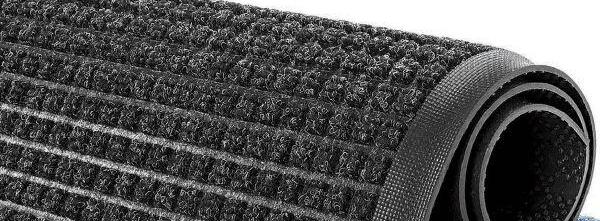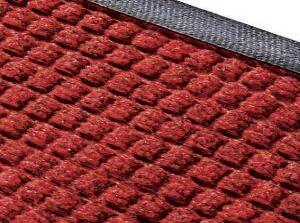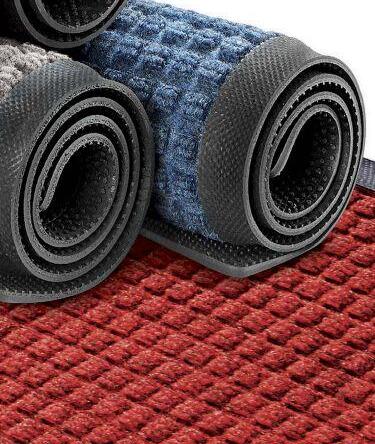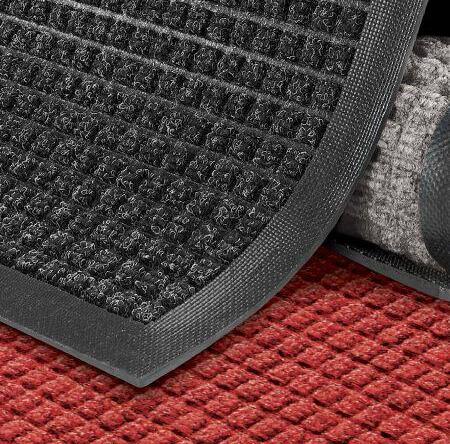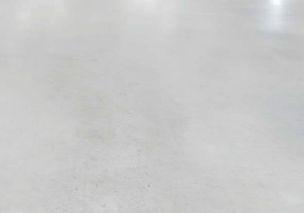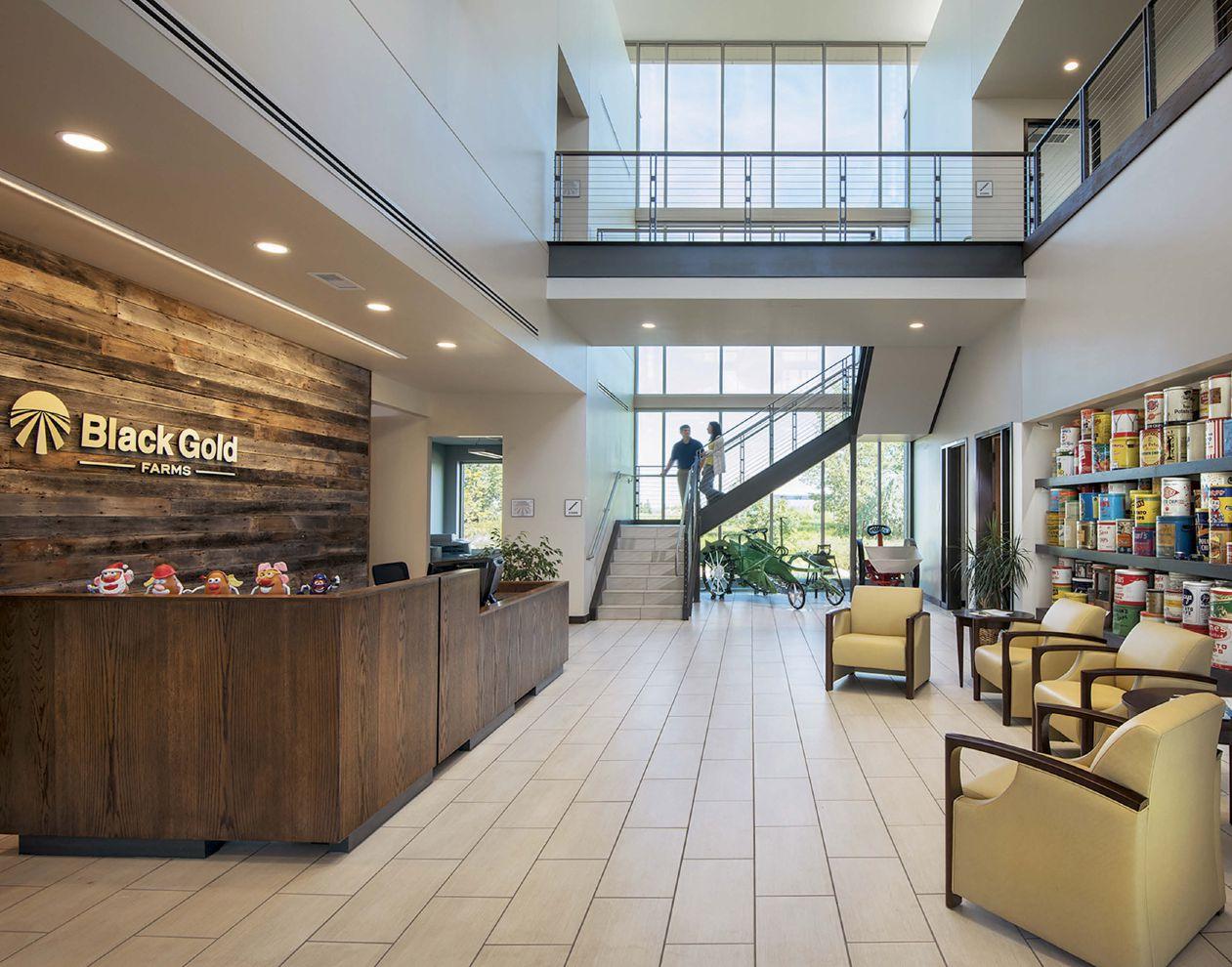
3 minute read
Sentimental and Sustainable
Upcycling material in construction increases efficiency, but also adds historical significance, carrying on traditions and memories
By Lisa Gibson
involved
When Gregg Halverson said he wanted to incorporate wood siding from the old, decrepit granary on his family’s farm into the lobby of his new Black Gold Farms headquarters in Grand Forks, the contractors laughed out loud at him.
His grandfather started growing potatoes on that farm outside of Forest River, N.D., in 1928. He also stored grain and raised cattle. Halverson, president of Black Gold Farms, represents the third generation of the family in the potato business. His son Eric Halverson, CEO, is the fourth.
Despite the ribbing, the wood from the granary was upcycled and used to create the wall behind the reception area at Black Gold Farms, an homage to the past and first farmers in the family. “What better way, really, is there to honor our family and our history than a piece of the farm right as you enter the building?” Gregg Halverson says.
Jennifer Burke Jackson, an architect based in Bismarck, N.D., with JLG Architects, worked on the Black Gold Farms project and says it’s one of many examples where upcycling is done for sentimental purposes. “Upcycling is more about a way to add value that new materials couldn’t add, to add these memories and history that you can only get from taking something that’s been there a lot longer and thinking of it in a creative way.”
Rebuilds and Renovations
Catherine Dekkenga, architect with Architecture Inc. in Sioux Falls, S.D., says upcycling is more common in rebuilds, expansions or renovations because new builds often don’t have access to those materials. The Children’s Museum of South Dakota in Brookings occupies a building that was once an elementary school. The school was refurbished and expanded, and wood from the gymnasium bleachers was upcycled to construct railings over exhibits, she explains.
Beyond sentimentality, reusing materials also makes the construction process and structure more sustainable, earning points for Leadership in Energy & Environmental Design certification. The Children’s Museum is LEED Silver certified. Some states have sustainability standards in place that mandate reused materials, Dekkenga adds, and South Dakota is one.
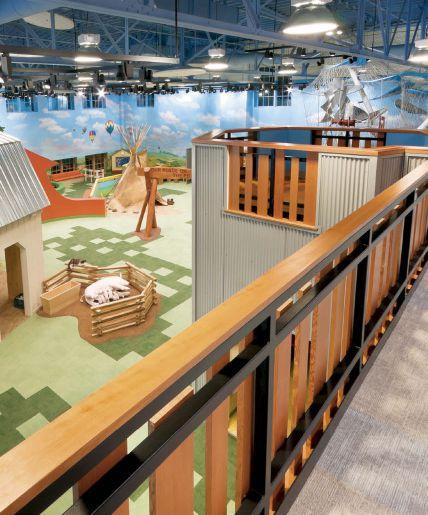
Some upcycled projects Architecture Inc. works on are for sentimental reasons, some sustainability, and some both, she says. In the museum’s case, the developers wanted sustainability foremost. “They were conscious of reusing materials, they were conscious of energy efficiency and they wanted to make sure that they had a sustainable project for future years and future generations … In this case, it was for sustainability, but it was also the history and the cool story. We really wanted to make sure that we tied in the history of the school with the future use of the building.”
As for the volume of material reused, “It was a substantial amount that was saved from going to the landfill,” she says.
Wood is a commonly reused and upcycled material because it is easy to salvage while demolishing a structure. When Rhombus Guys Brewing Co. moved into it’s location in Grand Forks, remodeling in some areas was required to accommodate incredibly heavy brewing apparatus, says Arron Hendricks, co-founder and president. Floor joists that were ripped out from the original structure were cleaned, finished and used to construct the bar counter. Hendricks says the upcycling was for sustainability and for preserving history. “It’s both. You’re reusing a material, and using it to make something cool.”
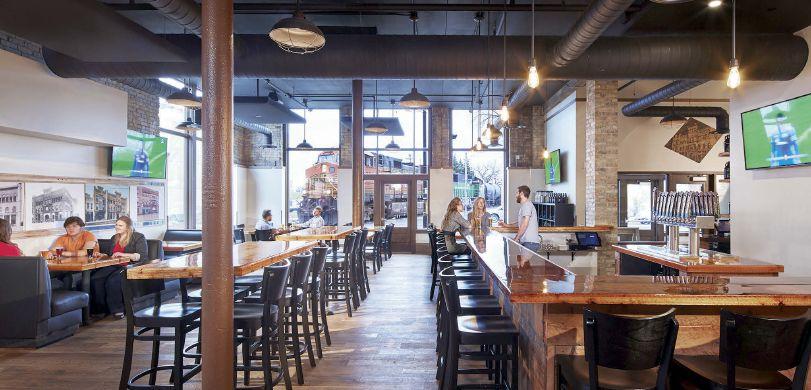
Old and New
At LEED Gold certified Black Gold Farms, the granary’s raw — and in some places heavily weathered — wood contrasts nicely with the rest of the building’s modern, sleek and glass-heavy design, Halverson says. “There’s a lot of reasons that it’s worked out pretty well.”
The granary wood isn’t quite 100 years old, he says. “But, one way or another, we think some of the wood is going to make it to 100 years.”
Burke Jackson says adding old materials to new buildings gives owners a story, a history they always point out proudly to visitors. “There’s always a desire to add more of an intrinsic value to a building for our clients. A lot of times, if they have a history, or if they have memories associated with certain things in the building that was there before, we can bring that value to their new building by just reusing these materials.”
Halverson would agree. “We’re proud of our heritage and we’re proud of the area where we first started.”
PB
CONGRATULATIONS, KURT LYSNE, PE, CFM
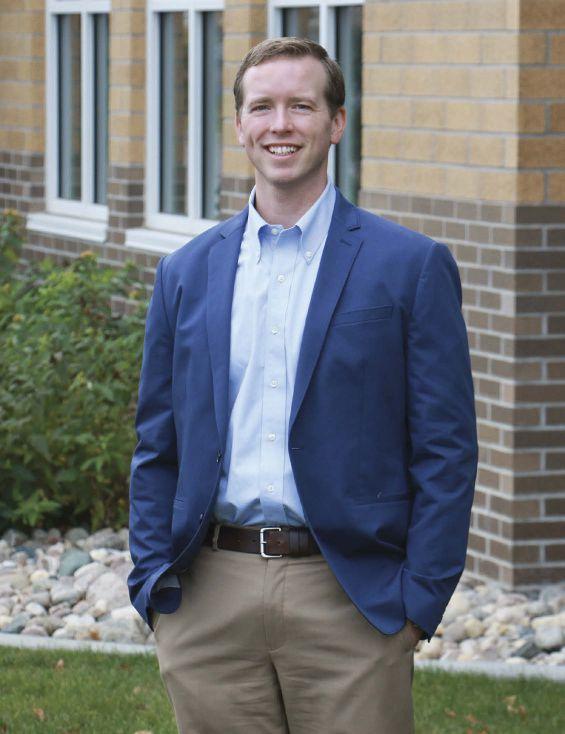
Husband · Father · Friend
Volunteer · Leader · Mentor
Proud Bison · Coworker
Certified Flood Plain Manager
PROFESSIONAL ENGINEER mooreengineeringinc.com
Thank you for all you do.
